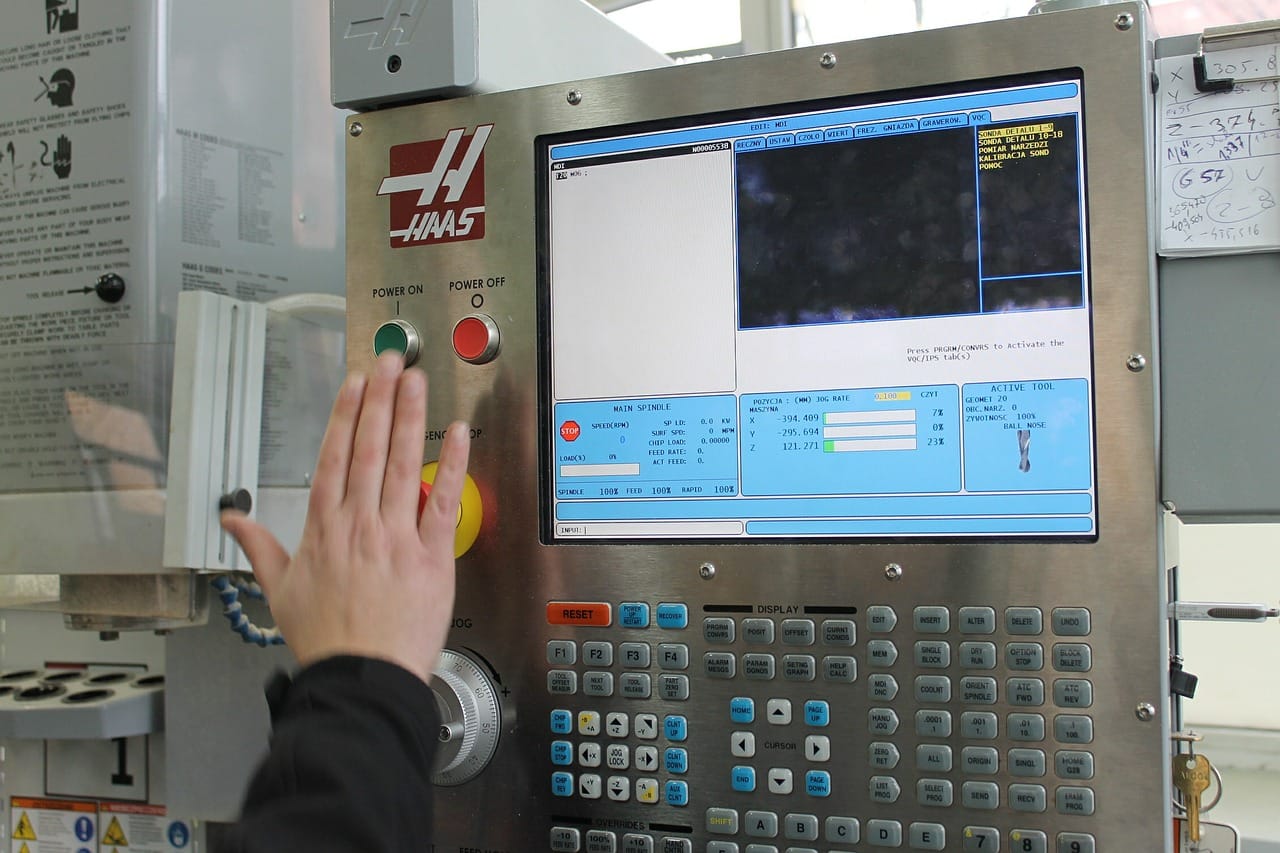
Manufacturers of CNC equipment are increasingly attempting to cash in on the growth of 3D printing.
After a low point in media attention following the “consumer” 3D print crash of 2014-2015, there have recently been signs of strong growth in certain aspects of 3D printing that have apparently caught on with buyers.
One area of strong growth is 3D metal printing, which has been adopted by the aerospace industry as a method for significantly reducing weight in aircraft. Low volume production of unique – or identical – parts seems to be another growth area, where it is less expensive than attempting traditional mass manufacturing methods.
And finally, there is the growth of professional desktop 3D printing, where engineers and product designers use highly capable 3D printers to produce prototypes in a wide variety of specialized materials.
Recently I have observed a pattern when visiting new entrants to the 3D printing market. The conversations typically go something like this:
Fabbaloo: You seem new to the market, we haven’t heard of you before.
Company: Yes, we just introduced this machine.
Fabbaloo: So you are a new company?
Company: No, we’ve made CNC equipment for XX years and want to get into the 3D printing business.
I’ve had this conversation so many times I can’t count.
What seems to be happening is these manufacturing machine manufacturers see an opportunity to leverage their expertise to make a new product line. They often have the ability to produce 3D printers, and sometimes quite quickly, as the mechanical portions of 3D printers are essentially identical to those found on many CNC milling machines.
The sometimes lack the expertise in extrusion or deposition, as those are not typically found in CNC milling gear. The smart companies hire experienced staff that do understand those parts, though.
And so we see CNC companies suddenly introducing, say, a 3D metal printer, to try and capture some of the dollars being thrown at that technology recently.
It’s a good thing for competition, and some of these companies may even provide some innovation by developing new features not seen from the traditional 3D printer manufacturers. But that doesn’t happen very often, as the CNC company-built 3D printers typically are relatively basic.
However, there’s another way a CNC manufacturer get into the 3D print business: buying an existing company!
This is exactly what seems to be happening with Leapfrog, who announced a major investment from a CNC manufacturer.
Leapfrog launched many years ago producing basic desktop 3D printing equipment. But more recently they’ve introduced far more powerful machines, such as their flagship model, the Bolt, which directly address the professional desktop market.
I suspect their focus on that market attracted their investor, Rollomatic Holding SA, sufficient to have them acquire 20% of Leapfrog. Leapfrog explains the deal:
Rollomatic Holding is a key strategic partner to reach our goal to make high-end 3D Printers for demanding professional customers such as the recently released Bolt Pro. Leapfrog 3D Printer’s mission is to offer professional 3D printing solutions and our drive is to remain a worldwide recognized brand name, capitalizing on the high growth in the market for 3D printing and to take accessible 3D printing to the next level. Through its subsidiaries, Rollomatic Holding has invaluable experience in manufacturing high-end machinery for engineering customers worldwide. Combined with Rollomatic Holding’s worldwide operating network, Rollomatic Holding has become the preferred party for concluding this transaction.
There are some big implications for Leapfrog in this transaction.
First, the 20% investment directly injects cash into Leapfrog. I have no idea how much cash that might be, but it is certainly in the multi-millions of USD$. That cash will be used to fund operations in Leapfrog, including potentially developing new machines and features.
The second implication, which is perhaps more important, is that Rollomatic Holding will deploy their distribution network for Leapfrog. Their professional and industrial clients will now be exposed to Leapfrog equipment, which could dramatically raise Leapfrog’s sales.
And more exposure to 3D printing is something all 3D printer manufacturers would want.
Via Leapfrog

